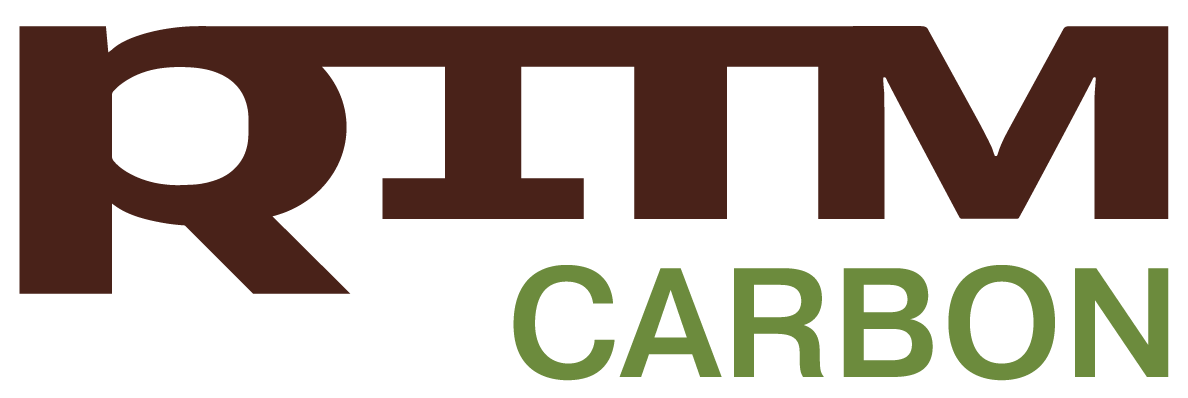According to the website of the Karelian Scientific Center of the Russian Academy of Sciences, the Center researchers are identifying the carbon content in the soils of human-altered landscapes such as arable land, hayfields, and deposits. This work is being carried out as part of creating the unified national system for monitoring climatically active substances in Russia. The findings obtained under specific northern conditions will make a significant contribution to the scientific understanding of the role of soils in regulating the carbon cycle in terrestrial ecosystems.
Investigating how carbon is stored by various ecosystems is one of the priority tasks in solving the problem of reducing CO2 level in the atmosphere. To analyze the dynamics, more data is needed on the average carbon stocks in natural and anthropogenically modified landscapes, as well as the areas occupied by them.
The project of the Karelian Scientific Center “Assessment of carbon pools in wetland ecosystems and agrolandscapes of the Republic of Karelia; development of a monitoring system for measuring carbon fluxes in agricultural landscapes of the region” is designed to determine the content and dynamics of carbon in various types of soils. This work, in turn, is carried out as part of the key innovative government project, the Unified National System for Monitoring Climatically Active Substances.
“Agricultural lands occupy over 200 thousand ha in Karelia, that is, about 1.2% of its area. The main part falls on arable land, hayfields, and deposits — farmlands that have not been in use for more than a year. Despite their relatively small share compared to forest and wetland systems, man-made areas play a certain role in the carbon balance. Land use practices, agricultural techniques, vegetation changes — these are just some of the factors that may result in significant changes in soil carbon stocks,” explained Olga Bakhmet, Project Research Supervisor, General Director of Karelian Scientific Center, Corresponding Member of RAS.
The study involves specialists from various laboratories of the Department of Integrated Research of the Karelian Scientific Center RAS and the Institute of Biology of the Karelian Scientific Center RAS. According to Maria Yurkevich, Head of the Laboratory of Soil Ecology and Geography of the Institute of Biology of the Karelian Scientific Center RAS, the carbon content in various types of agricultural landscapes may vary:
“This is largely due to the change in vegetation. For example, perennial grasses grow on hayfields. The cut grass is then removed, and it does not have any noticeable effect on the replenishment of carbon stocks in the arable layer. In cases when the fields turn into a perennial deposit, there is more carbon in the soil due to the dying grasses, more shrubs growing there with a more powerful root system compared to grasses, and then trees that provide coniferous litter and leaf mass.”
In June, at the first project stage, specialists identified and laid stationary sampling areas of the observation system in Pryazhinsky District and Prionezhsky District of Karelia on mineral and peat soils. They are needed to obtain long-term field experimental data.
By now, the researchers have begun collecting soil samples. To do this, soil sections up to 1.5 meters deep are laid on the model areas, and digs are made to the depth of the arable layer of 30–40 cm. The section makes it possible to determine the type of soil and establish soil horizons, and samples are taken from the digs. Using the samples in the laboratory, the researchers can identify the density and acidity of the soils, and then the carbon content. According to vegetation samples, yield and species composition of grass stands can be identified. The data is then projected onto the entire field.
Researchers also use space technologies to obtain up-to-date information on land use, productivity, and overgrowth of farmland. Changing the type of land use in agricultural landscapes helps to conduct satellite imagery and remote sensing methods.
The integrated organization of the observation system – using field and remote methods – will provide both current and repeated measurements of parameters that allow calculating the carbon stocks of soil organic matter that affect CO2 fluxes in its terrestrial cycle.
The findings obtained under specific northern climate conditions will make a significant contribution to the scientific understanding of the role of soils in regulating the carbon cycle in terrestrial ecosystems and intra-ecosystem “vegetation – soil” exchange.
Please follow the link to read the full text of the news.
